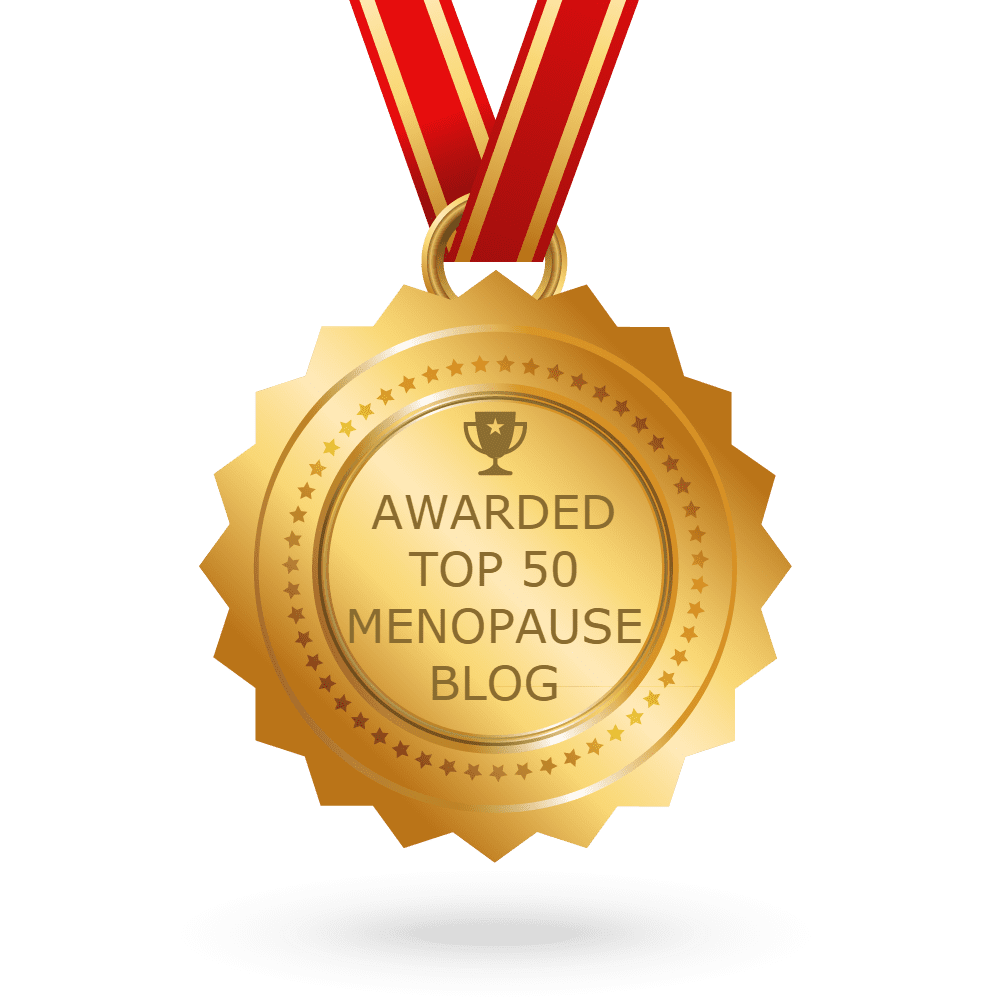The Eagle & Her Change Of Life

Did you know that in some ways we’re similar to the eagle?
It surprised me, but I recently discovered the eagle is one of the longest living birds with a life expectancy of 70 years or so.
However, there’s a big caveat in there. When she gets to around 40, in order to survive and then thrive she must go through a period of very difficult change.
Sound familiar?
Of course, this doesn’t happen to all of us as women. Only around 20-25 percent of us suffer a lot during ‘the change’, another 20 percent sail through and the rest only experience minor blips.
If, like me, you’re one of the first 20-25% you’ll appreciate this story I’m sure and take strength from thinking of yourself like an eagle.
Enjoy.
Do you want to know the signs of the change of life for us girl-humans? Click here.
#40plusclub #eaglesrock #timeforchange #timeofyourlife
Image via Pexels.com






